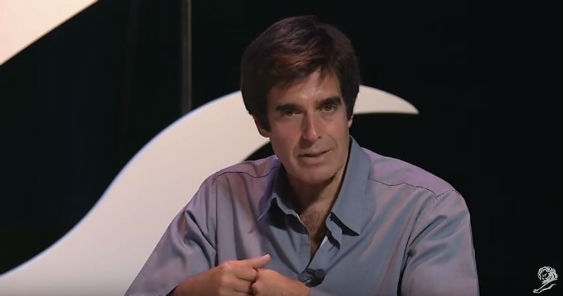< src="/global//UserFiles/year-on-year change. " width="300" height="214" hspace="5" align="right" alt="" />GLOBAL – October 16, 2013 – Although many marketers remain conservative with advertising budgets, global ad spending increased as expenditures grew 3.5 percent in the second quarter of 2013. Meanwhile, the growth was 2.8 percent on a year-over-year basis for the January to June periods of 2013 and 2012, according to Nielsen’s quarterly Global AdView Pulse report.
Ad spend in Asia Pacific grew a substantial 6.4 percent, with Indonesia, China and the Philippines contributing to double-digit ad growth in the region for the first half of 2013, with expenditures reaching $51 billion, the Nielsen report said.
Meanwhile, marketers in Latin America increased their expenditures by 13.1 percent (to $13.5 billion) for the January-June period. Nearly 30 percent of this growth was from Argentina. Ad spend grew 3.9 percent in the Middle East and Africa, and 2.7 percent in North America.
Nielsen said that all regions contributed to global growth for the first half of the year except Europe, where marketers remain modest with their ad budgets amidst the regions’ continued fiscal crisis, resulting in a 6 percent decline for the period.
In Europe, ad spend declined in all countries except Norway, Switzerland, and Greece, where expenditures increased by 2.5 percent, 0.6 percent, and 7.4 percent respectively.
Double-digit growth in display internet advertising
< src="/global//UserFiles/ad spend. " width="300" height="199" hspace="5" align="left" alt="" />According to Nielsen, Display Internet advertising experience double-digit increases in the first half of the year, while TV was still the front-running media format for advertising in the second quarter of 2013.
Display Internet advertising grew 26.6 percent over the comparable period in 2012, with Asia Pacific and Latin America contributing largely to this growth, with increases of 43 and 38.5 percent, respectively.
Global TV ad expenditures grew 4.2 percent on a year-over-year basis for the first half of the year, accounting for 57.6 percent of total ad spend.
“For every dollar spent on advertising this quarter, 57 cents was spent reaching TV watchers; a worthy investment considering that global consumers reportedly trust TV over all other paid media channels,” said Randall Beard, global head, Advertiser Solutions for Nielsen. “It’s clear that advertisers are wisely maximizing their opportunities to reach consumers across platforms with TV ad dollars showing no signs of slowing and noteworthy increases in internet ad spend. Recognizing the usage habits of consumers to best reach them through increased exposure is the savvy marketer’s game plan to make those messages hit home.”
Apart from TV, traditional media budgets declined in the same period. Spending in newspapers, magazines and radio went down (-2.0%, -1.9% and -0.9%, respectively). However, these three media formats are second, third, and fourth after TV based on share of media spend.
Ad spend in cinemas declined 5.9 percent – the most this quarter, as expenditures went down in all regions except Latin America.
Less on auto, financial services, entertainment
< src="/global//UserFiles/sectors. " width="300" height="165" hspace="5" align="right" alt="" />The report also showed that advertisers spent less on automotive, financial services, and entertainment advertising in the first half of 2013, as compared to 2012.
On the other hand, health care ad spending grew 2.5 percent year-over-year. The fast moving consumer goods (FMCG) macro sector, which has been the long-standing leader among the other macro sectors, held 21.3 percent share of ad spend, bolstered by a 5.7 percent year-over-year increase in ad spend, Nielsen said.
The industry and services macro sector, including business services, property institutions, and power and water categories, grew 7.2 percent and maintained an 11.3 percent share of ad spend.
“We see spending across media types that own more market share becoming more conservative than previous quarters and ad spend budgets on emerging ad platforms increasing their budgets more and more,” said Beard.
“We’re also seeing some big-spending advertisers like those in the auto and financial categories reducing their spending in the face of slower than expected economic growth. The balance between advertisers within some sectors, media types and regions cutting back, while other’s budgets increase produced a relatively flat growth pattern of 2.8 percent globally.”
For more information, visit the Nielsen website.




